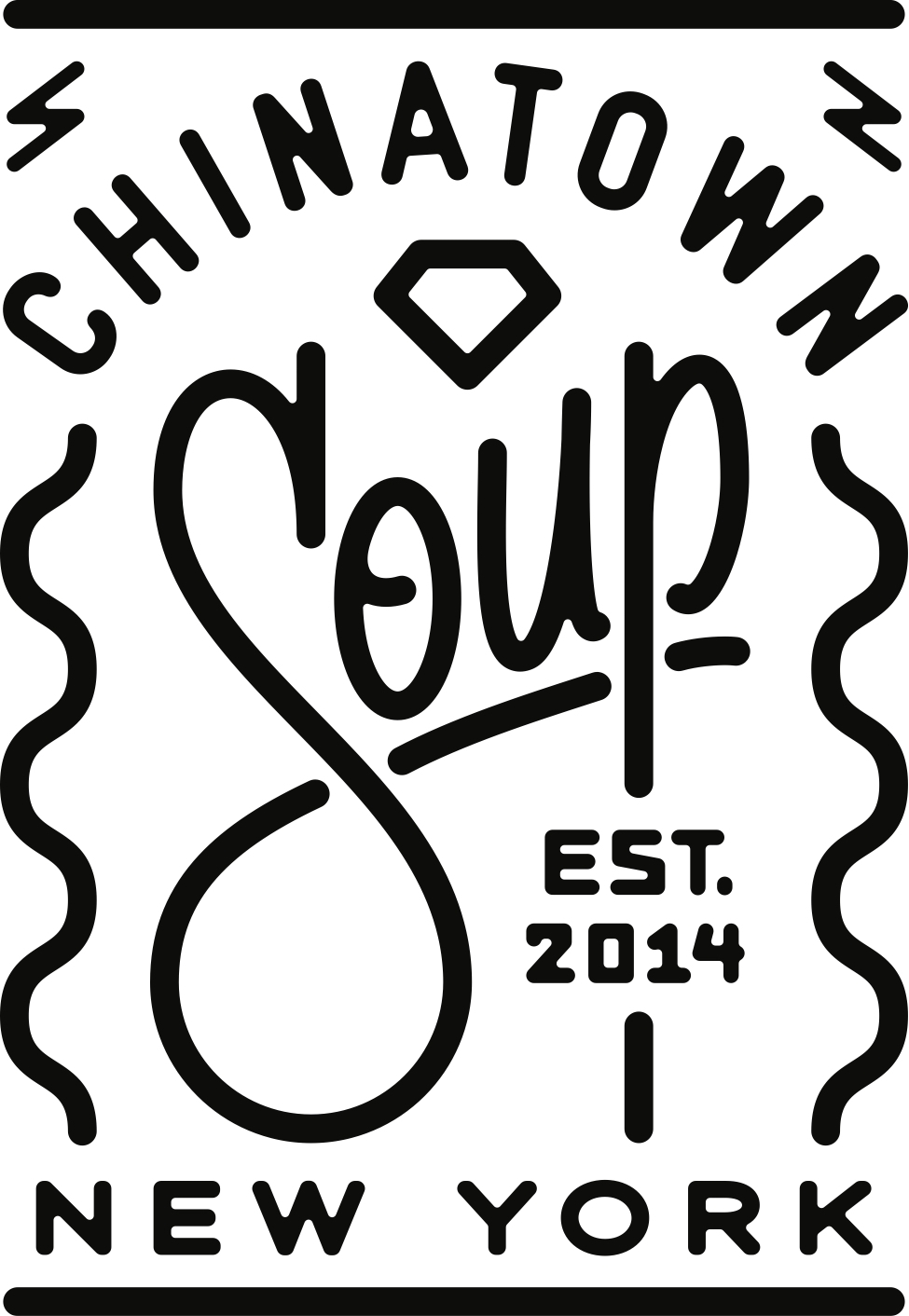WITHIN THE SURFACE
To create the exhibited works, Joseph Sevene relocated paint and texture from the floorboards of his studio at the Old American Can Factory in Brooklyn, New York, an industrial complex built between 1865 and 1901 that currently houses artists, companies, and boutique manufacturing businesses. It took Sevene five years to uncover the building’s history. Working out of a 200 square foot unit on the third floor, Sevene stripped interior coatings and applied them to raw canvases ranging from 18 to 48 inches via a technique he calls “relamination.”
Relamination generates a random chemistry of bondage that redefines the limits of natural. It may be associated with an indoor version of dérive or wandering journey that the situationists of the 1950s and 1960s saw as a way to undercut the consumption routines of everyday life through arbitrariness and purposeful play.
While this series responds to the recent fascination with found art it also resonates with its randomness and decay, revealing a contradiction between the high-mindedness of commercial art and the sensations of the spaces in which it resides.
Art and architecture are often separated, but Sevene shows us that they can be united by process. Fascinated by structural elements as anthropological maps—a network of marks, attachments, and defacements left by anonymous and mutually uncoordinated urban dwellers—Sevene said, “I feel more like an archaeologist than an artist. I’m not authoring anything. I’m an enabler of accidental qualities.”
This series incorporates chance into visual art via the principles of movement and desire, asking us to reconsider the merits of creative work as a multi-sensory experiment. Sevene said of his unwitting collaborators, “Compound surfaces are created by occupants through a lifetime of layering that derives, unconsciously, from their changing needs.”
Sevene’s work does not speak with the polish of commercially obsessed pop artists nor the precision of an architect’s blueprints—it functions as an organic archive that records the crude enchantments of a city’s interiors. The intervention reveals fragments of time as a simultaneous whole. Here the artist becomes the conduit—stripping away paint and ego to produce a result that is uncontaminated by conscious bias or the pretense of intention.
Joseph Richard Sevene (b. 1976) is a registered architect and visual artist based in Manhattan, New York. His work explores the interface of construction technology and material culture.
